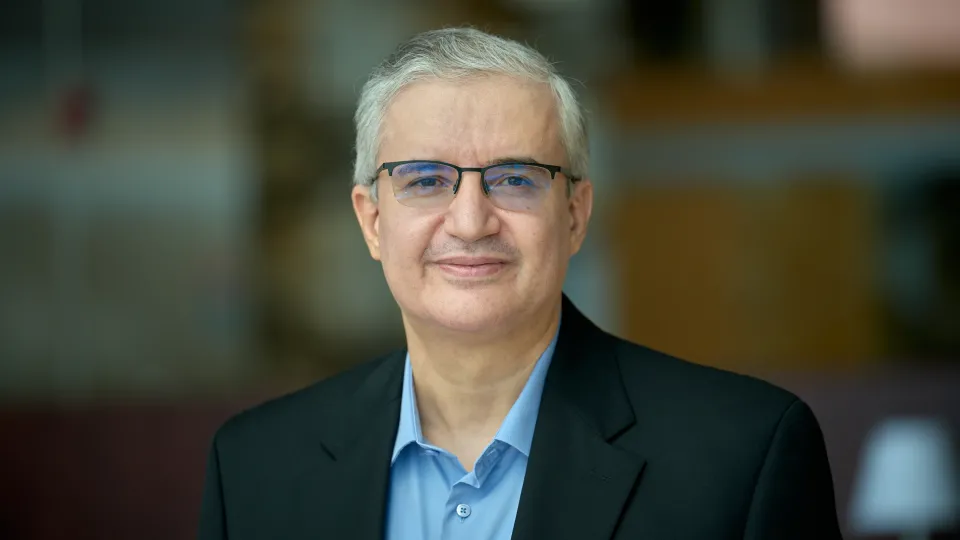
Rate-splitting and Multi-Cloud Signal Processing in Cloud-Enabled Communication Networks
Our talk will consider a cloud-enabled system, and will investigate ways of managing its performance through two particular interference mitigation techniques. In the first part of the talk, inspired by the classical information theoretical results on characterizing the interference channel achievable rate region, we will consider rate-splitting (RS) and common message decoding (CMD) schemes. The talk will shed light on ways of tackling two of the underlying optimization problems in this realm.
Overview
Abstract
The sixth generation (6G) of communication networks is expected to support a massive number of connected devices with heterogeneous applications and requirements. The performance of such networks becomes, therefore, a strong function of the wireless interference, and on how to best provision the network limited resources. Our talk will consider a cloud-enabled system, and will investigate ways of managing its performance through two particular interference mitigation techniques. In the first part of the talk, inspired by the classical information theoretical results on characterizing the interference channel achievable rate region, we will consider rate-splitting (RS) and common message decoding (CMD) schemes. The talk will shed light on ways of tackling two of the underlying optimization problems in this realm. Firstly, it will illustrate how RS can significantly increase the spectrum efficiency of the communication system as compared to the conventional treating-interference-as-noise (TIN) scheme. Secondly, it will highlight the pronounced role of RS/CMD in improving the system energy efficiency, and in increasing its quality-of-service (QoS) feasibility set.
In the second part of the talk, we will present a novel multi-cloud system architecture, where each cloud is responsible for managing a distinct set of base-stations. Towards this direction, we will investigate the problem of jointly assigning users to clouds and determining their beamforming vectors so as to maximize the network-wide sum-rate utility. This problem is a difficult NP-hard problem due to non-convexity of the objective and constraints, and the combinatorial nature of binary variables. The talk will illustrate how to solve such a problem using a heuristic algorithm that uses fractional programming (FP) techniques to deal with the non-convexity of the continuous part of the problem, and $l_0$-norm approximation to account for the binary association part. A highlight of the proposed algorithm is its ability to determine the user-to-cloud association and beamforming vectors in a distributed fashion across the multiple clouds, with a reasonable amount of information exchange.
Brief Biography
Alaa Alameer Ahmad received his B.Sc. degree in Electrical Engineering from Higher Institute of Applied Sciences and Technology (Hiast), Damascus, Syria in 2008, his M.Sc. degree in Information and Communication Technology from Technical University (TU) Darmstadt, Germany, in 2015. He received the AKDN scholarship for the year 2011-2012, and Deutschlandsstipendium (German scholarship for excellent students) from TU-Darmstadt for the year 2013. In 2015, he and the team crew Darmstadt from the signal processing group at TU-Darmstadt, got the first place in IEEE Signal Processing Cup. He is currently pursuing a Ph.D. degree with the Institute of Digital Communication Systems, Ruhr-University Bochum, Germany. His research interests include optimization of wireless communication systems, signal processing in communication, and machine learning applications for resources management.
